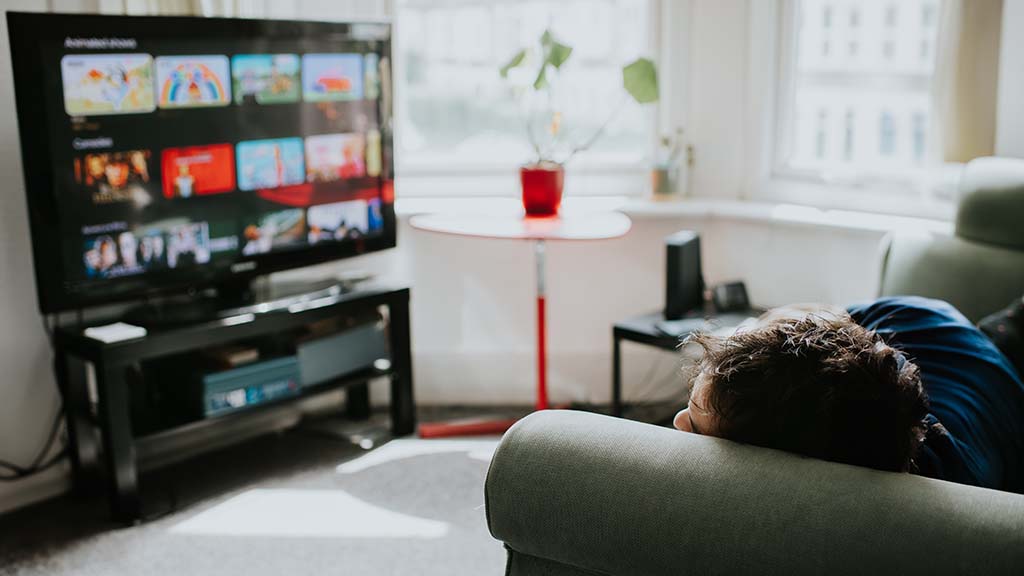FCC Drops CATV Analog Simulcast Regulation
The FCC announced this week the sunset of the current “viewability” rule mandating cable operators with hybrid digital/analog systems carry digital must-carry signals in an analog format for the benefit of analog service customers.
The commission announced its decision in its Fifth Report and Order (FCC 12-59) regarding carriage of digital TV broadcast signals--amendment to Part 76 of the rules. The rule expired June 12, although the FCC R&O stated, “Because a cable operator’s exercise of this additional flexibility would involve operational changes that affect must-carry broadcast stations and viewers, we establish a six-month transitional period, until Dec. 12, 2012, during which hybrid systems will continue to carry the signals of must-carry stations in analog format to all analog cable subscribers.”
After the sunset of this rule, cable companies will not be required to carry an analog version of a must-carry broadcast TV signal; however, they are not prohibited from carrying broadcast or cable channels in analog format. It is unlikely all cable analog channels, including popular broadcast TV channels, will disappear in December. However, as cable companies can put multiple digital program channels (two HD or 10 or more SD, depending on quality) on one 6 MHz analog channel, I expect the number of analog channels available on most cable systems will continue to decline.
The FCC Report and Order focused on affordable digital converter boxes, limiting the cost of the lowest cost set-top box or digital adapter to no more than $2 per month, which is nice, but did not affirm the existing rule requiring must-carry broadcast signals be carried without encryption that’s currently being challenged. I covered this in my February article Boxee/NCTA Tangle Over Cable Encryption and last year in FCC Requests Comments on Scrambling Basic Digital Cable Services.
The National Association of Broadcasters said that allowing cable operators to satisfy the viewabilty requirement by providing equipment conflicts with the “signal quality” provision which requires the quality of signal processing and carriage provided by a cable system for the carriage of local commercial television stations will be no less than that provided by the system for carriage of any other type of signal.”
The NAB argued that this rule applies, due to the necessity for using additional equipment (set-top box) to receive broadcast signals that may not be required to receive other cable channels still being carried in analog format.
In the 5th Report and Order, the FCC said “we agree with cable commenters that the statutory viewability requirement is ambiguous, and reasonably can be read in a manner to permit cable operators to require the use of equipment to view must-carry signals--although we emphasize that such equipment must be both available and affordable (or provided at no cost). We hereby choose a reasonable interpretation of the statutory text that best effectuates the statutory purpose in light of current marketplace conditions.”
The professional video industry's #1 source for news, trends and product and tech information. Sign up below.
In denying NAB’s arguments, the Report and Order states, “Specifically, we are persuaded by cable commenters’ argument that the dramatic changes in technology and the marketplace over the past five years render less certain the constitutional foundation for an inflexible rule compelling carriage of broadcast signals in both digital and analog formats.”
The Commission noted that in as much as set-top converter boxes were readily available to consumers, there was really no compelling evidence that would require cable operators to carry both analog and digital versions of programming from the same station “to protect the viability of over-the-air broadcasting.”
It added, “Nor is there evidence showing that allowing the viewability rule to sunset where the cable operator makes the digital signal available to its analog subscribers by offering the necessary equipment at an affordable cost will diminish the availability or quality of broadcast programming.”
It will be interesting to see how the FCC handles its Notice of Proposed Rulemaking (FCC 11-153) allowing cable companies to encrypt basic cable services. While the comment period has ended, the FCC Electronic Comment Filing System showed new entries as late as June 11, 2012.
Based on the lack of any mention of unencrypted basic channels, it does not look good for cable users of Boxee devices with tuners, digital TV sets without set-top boxes, and other non-cable provided devices such as DVRs, at least those without CableCARD support when off-air TV is not available.

Doug Lung is one of America's foremost authorities on broadcast RF technology. As vice president of Broadcast Technology for NBCUniversal Local, H. Douglas Lung leads NBC and Telemundo-owned stations’ RF and transmission affairs, including microwave, radars, satellite uplinks, and FCC technical filings. Beginning his career in 1976 at KSCI in Los Angeles, Lung has nearly 50 years of experience in broadcast television engineering. Beginning in 1985, he led the engineering department for what was to become the Telemundo network and station group, assisting in the design, construction and installation of the company’s broadcast and cable facilities. Other projects include work on the launch of Hawaii’s first UHF TV station, the rollout and testing of the ATSC mobile-handheld standard, and software development related to the incentive auction TV spectrum repack. A longtime columnist for TV Technology, Doug is also a regular contributor to IEEE Broadcast Technology. He is the recipient of the 2023 NAB Television Engineering Award. He also received a Tech Leadership Award from TV Tech publisher Future plc in 2021 and is a member of the IEEE Broadcast Technology Society and the Society of Broadcast Engineers.
